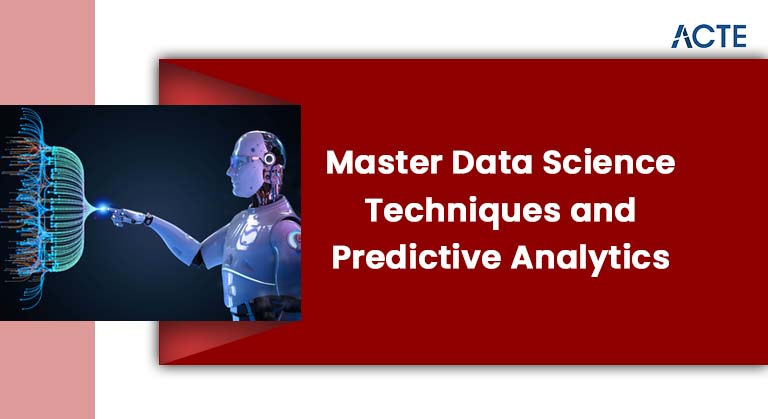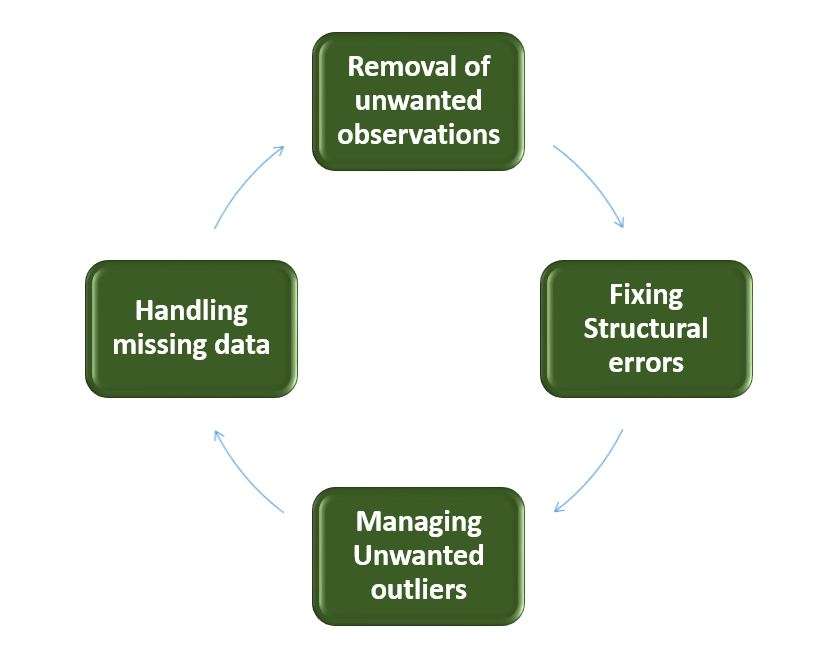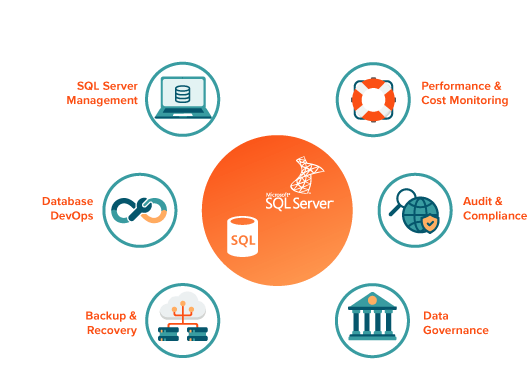
- Introduction
- Data Cleaning and Preparation
- Data Visualization and Reporting
- Statistical Analysis and Data Interpretation
- Machine Learning and Predictive Analytics
- Big Data Technologies
- SQL and Database Management
- Cloud Computing and Data Infrastructure
- Conclusion
Excited to Achieve Your Business Analyst Certification? View The Business Analyst Online course Offered By ACTE Right Now!
Introduction
The rise of big data and technological advancements have made analytics a central component in businesses today. With vast amounts of data at their fingertips, organizations are leveraging analytics to gain insights that drive better decisions, improve efficiency, and create innovative solutions. As a result, there’s a growing demand for skilled professionals who can interpret data and translate it into actionable insights, making Business Analyst Training increasingly essential in today’s workforce. Whether you are in finance, healthcare, retail, or any other sector, analytics is the key to solving complex problems, identifying new opportunities, and staying competitive. The demand for analytics professionals has skyrocketed, but the skills required to excel in this field are constantly evolving.
Data Cleaning and Preparation
Before diving into any form of analysis, data cleaning and preparation is an essential first step. In fact, a significant amount of time in an analytics project is spent on this phase. Data preparation involves collecting, organizing, and transforming raw data into a structured format that can be easily analyzed.
- Quality Insights: Clean data ensures that your analysis is accurate and reliable. Inaccurate data can lead to incorrect conclusions and flawed business decisions.
- Efficiency: Properly prepared data saves time during the Data Analytics phase, allowing analysts to focus on deriving insights rather than troubleshooting errors.
- Data wrangling: Using tools like Python (Pandas, NumPy), R, or Excel for cleaning and organizing data.
- Handling missing values: Techniques like imputation or deletion to deal with incomplete datasets. Data transformation: Converting data into usable formats, normalizing, and scaling values.

Data Visualization and Reporting
Data visualization is the process of presenting data in graphical or pictorial formats, such as charts, graphs, and dashboards. The ability to transform complex data sets into easily digestible visuals is one of the most sought-after skills for analytics professionals. Data Visualization help in understanding trends, patterns, and outliers quickly. A well-crafted chart or graph can convey key insights effectively to stakeholders who may not be familiar with technical data. Proficiency in platforms like Tableau, Power BI, and Google Data Studio. Knowing which type of chart or graph best represents the data (bar charts, scatter plots, pie charts, etc.). Creating interactive, real-time dashboards for business leaders to make data-driven decisions.
- Traditional BI (Pre-2000s): Focused on basic reporting and querying.
- Self-Service BI (2000s): Empowered business users without technical expertise to access and analyze data.
- Advanced Analytics (2010s): Introduced predictive analytics, AI, and machine learning to gain deeper insights and forecast future trends.
- Cloud-Based BI (2020s): Cloud BI tools made analytics more accessible, scalable, and cost-effective, allowing real-time collaboration and analysis.
Statistical Analysis and Data Interpretation
- Statistical analysis: Is the use of mathematical theories and methodologies to analyze data, helping analysts understand and interpret information to draw meaningful conclusions.
- Importance of statistical analysis: It supports evidence-based decisions, ensuring that choices are backed by data, reducing errors caused by biases or assumptions.
- Predictive power: Statistical models help predict future trends, allowing businesses to forecast outcomes and allocate resources more effectively.
- Descriptive statistics: Mastering techniques like mean, median, mode, and standard deviation enables analysts to summarize and present data clearly.
- Inferential statistics: Key techniques like hypothesis testing, confidence intervals, and p-values allow analysts to make conclusions and assess uncertainty in data samples.
- Regression analysis: Learning linear and logistic regression helps model relationships between variables, offering insights into how different factors interact with each other.
- As data continues to grow in size and complexity, traditional tools often fail to handle the volume, velocity, and variety of information. Big data technologies are designed to help analysts manage and process massive datasets efficiently.
- These technologies are crucial for organizations to process large volumes of data in real time, allowing them to make data-driven decisions quickly and effectively. Moreover, Big Data Analytics enables businesses to uncover valuable insights that were previously hidden, offering a competitive advantage in industries such as healthcare, finance, and retail.
- To master big data, key skills include familiarity with tools like Hadoop and Spark, which are open-source frameworks that allow for distributed data storage and processing across multiple machines.
- Understanding data lakes is also essential, as they enable the cost-effective storage of vast amounts of unstructured data. Additionally, knowledge of NoSQL databases like MongoDB and Cassandra is important, as these databases are optimized for handling big data, making them a vital part of modern data architectures.
- Cloud computing: It has transformed data storage and processing by allowing businesses to scale resources without the need for expensive hardware maintenance.
- Cloud platforms: Such as AWS, Google Cloud, and Microsoft Azure are widely used in analytics environments, providing powerful infrastructure and services for data management.
- Scalability: Cloud platforms enable businesses to adjust their infrastructure up or down based on demand, ensuring efficient and cost-effective data management.
- Flexibility: Cloud computing supports collaboration and remote access to data, enhancing workflow efficiency and enabling teams to work seamlessly from anywhere.
- Cloud platform proficiency: Mastering services and tools across major cloud platforms like AWS, Google Cloud, or Microsoft Azure is essential for effective data management and analytics.
- Data storage solutions: Knowledge of cloud-based databases, such as Amazon RDS and Google BigQuery, is crucial for storing and managing large datasets in the cloud.
- Data pipelines: Understanding how to design and manage data pipelines using tools like Apache Kafka, Airflow, or Databricks in a cloud environment is critical for seamless data flow and processing.
Excited to Obtaining Your Business Analyst Certificate? View The Business Analyst Training Offered By ACTE Right Now!
Machine Learning and Predictive Analytics
Machine learning (ML) and predictive analytics are key components of modern data science, enabling systems to learn from data and make decisions without explicit programming. Predictive analytics leverages statistical models and ML techniques to forecast future outcomes based on historical data, automating the process of generating insights. This automation allows systems to identify trends and patterns without manual intervention, significantly enhancing decision-making. By accurately forecasting customer behavior, optimizing operations, and identifying market trends, predictive models contribute to better strategic planning. Mastering techniques like decision trees, random forests, and clustering algorithms is essential for building effective machine learning models, while understanding how to evaluate model performance using metrics like accuracy, precision, recall, and F1 score ensures that models are reliable and provide valuable insights. Additionally, familiarity with deep learning and neural networks, as well as frameworks like TensorFlow or PyTorch, is vital for tackling complex tasks such as image recognition and natural language processing (NLP), pushing the boundaries of what ML can achieve, while Business Analyst Training provides the necessary skills to bridge technical solutions with business objectives.
Interested in Pursuing Business Intelligence Master’s Program? Enroll For Business Intelligence Master Course Today!
Big Data Technologies

SQL and Database Management
Structured Query Language (SQL) is the standard programming language for managing and manipulating databases, making it a critical skill for any analytics professional. SQL is essential for querying, updating, and managing data within relational databases, which remain widely used across industries. It provides the primary tool for data accessibility, allowing analysts to efficiently retrieve the data they need for analysis. Additionally, proficiency in SQL enables efficient analysis, as analysts can write optimized queries that save time and minimize the risk of errors. To excel in SQL, key skills to master include writing complex queries, such as joins, subqueries, and aggregate functions, which are essential for advanced data retrieval, and Business Analyst Training helps develop the ability to apply these skills to real-world business challenges. A solid understanding of database design is also crucial, including knowledge of normalization, indexing, and optimization techniques that ensure efficient database management. Furthermore, familiarity with ETL (Extract, Transform, Load) processes is important for transferring and transforming data between different systems, which is vital for managing large datasets across multiple platforms.
Getting Ready for a Business Analyst Job Interview? Check Out Our Blog on Business Analyst Interview Questions & Answer
Cloud Computing and Data Infrastructure
Conclusion
Analytics is a dynamic and evolving field that offers tremendous opportunities for those who are willing to continuously learn and adapt. By mastering these in-demand analytics skills, you’ll not only be able to excel in your current role but also position yourself for future growth in the ever-changing data landscape. Whether you’re looking to advance in your career, transition into analytics, or keep up with the latest trends, now is the perfect time to invest in your analytics skills. Stay curious, keep learning, and leverage the power of data to unlock new possibilities and drive business success.


